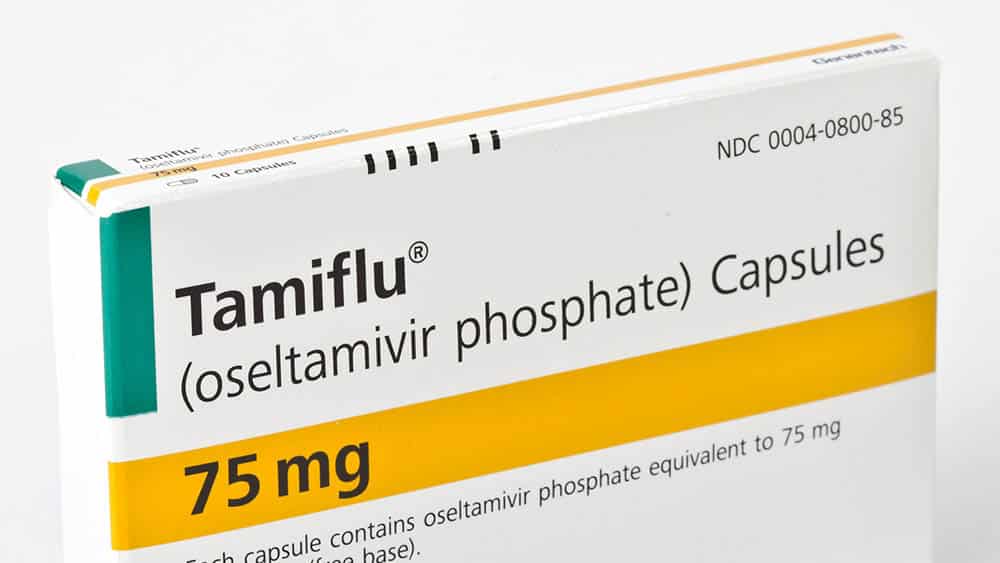RIO DE JANEIRO, BRAZIL – More than 1,450 Cuban doctors are now working in 22 countries to fight the novel coronavirus.

This was reported by news agency ‘Prensa Latina’. The doctors are part of the “Henry Reeve” relief brigade founded in 2005 by Fidel Castro, which specializes in disaster situations and serious epidemics and has since been deployed worldwide.
Most recently, a contingent of 217 doctors and nurses set off to South Africa. In Europe, Cuban doctors are now working to fight the virus not only in Italy but also in the Principality of Andorra.
As early as mid-March, brigadists went to Italy, which was at the height of the pandemic at the time. A few days earlier, on March 11th, the first coronavirus cases were detected in Cuba, brought in by tourists from Lombardy.
The most extensive operations are currently underway in Qatar, where 229 specialists landed on April 15th, and in Angola, with 219 doctors and nurses. “Cuban doctors are excellent, we have had positive results,” said Abdullatif Al Khal, co-director of the national pandemic program in Qatar. The Gulf State had asked for medical assistance a few weeks ago and Cuba “as a friendly country has extended its hand”, said Al Khal.
In addition to the above-mentioned cases, many smaller contingents of the Henry Reeve Brigade are currently deployed in Latin America and the Caribbean, including Mexico, Honduras, Jamaica, Barbados, Haiti, and Belize.
The socialist island also joins the list of states that are developing a therapy to treat Covid-19. So far, the most well-known is its recombinant interferon alpha-2B, which was originally developed for other indications, but is also used in China to treat coronavirus patients. Studies on its efficacy are currently underway.
With a locally administered immunotherapy under the name “CIGB-2020”, Cuba has also developed a means of activating the innate immune defense against Covid-19, which has recently been tested in clinical trials. Preliminary results apparently show an increase in macrophages and lymphocytes in the blood of test subjects, but there is still a long way to go before the drug can be approved.
Cuba is also testing the neuraminidase inhibitor oseltamivir, which is typically used to treat common flu and is known in Brazil under the trade name Tamiflu. However, Cuba’s medical experts are currently focusing their attention primarily on the HIV drug Kaletra, which is a combination of the two drugs lopinavir and ritonavir and is considered promising by Russian doctors despite a rather disappointing study in China.
The drug is the subject of the large WHO study “Solidarity”, in which four different drug combinations are to be tested for their effectiveness in the treatment of Covid-19. Kaletra, like oseltamivir, would have the advantage that it could be produced in large quantities in Cuba. As the official newspaper of the Central Committee of the Cuban Communist Party ‘Granma’ reports, the pharmaceutical company Novatec was able to produce the first batches of Kaletra on the island. It had shown “good results” in the treatment.
In Cuba, the first achievements in the containment of the virus have now been made. By Tuesday evening, 1,467 people had tested positive for the SARS-CoV-2 virus, while 575 people are considered cured. The number of active cases has been declining since April 24th and currently stands at 802. To date, 58 people have died on the island from the disease.
In the fight against the disease, the island relies primarily on “keeping a safe distance” and the targeted tracking of infection chains by health workers. In early March, the population was advised to wear face masks. Quarantine zones have been established in almost all provinces to contain the 39 known local transmission chains.
The focus is currently on Central Havana, particularly the area around Los Sitios. Risk groups and health workers there are being vaccinated against Mengingococcus with the vaccine Vamengo-bc, which is intended to strengthen overall immunity. The most recent quarantine areas have been set up on the Isle of Youth, where four residential areas with over 3,000 inhabitants were placed under strict quarantine last Wednesday.
After Santiago de Cuba, the province of Pinar del Río has now also imposed a night-time curfew after a hotspot of infection developed in the area of “La Ceiba” (Guane municipality). In the province, people are only allowed to leave their homes between 8 PM and 6 AM to go to the doctor.
As the epidemiological head of the Ministry of Health, Dr. Francisco Durán, explained, the country is now moving towards the “best case” scenario among the three national models for the course of the pandemic. The peak is expected in the first week of May. Durán warned against “relaxing the rules now or slackening discipline”.
That is not what it looks like so far: The measures decreed in late March and repeatedly intensified since then, including the complete closure of the border, have been extended for another 30 days until the end of May.

